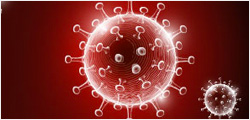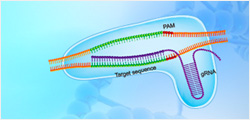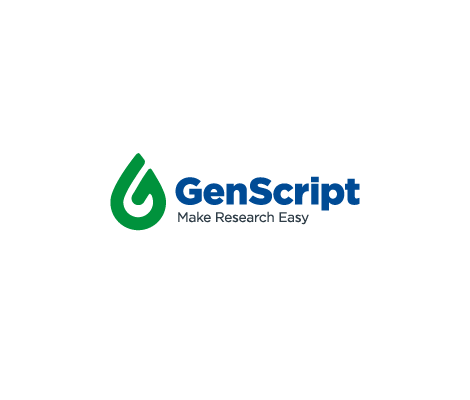HLA-G&B2M&Peptide (RIIPRHLQL) Monomer, His & Avi, Cynomolgus
HLA-G is a molecule that was first known to confer protection to the fetus from destruction by the immune system of its mother, thus critically contributing to fetal-maternal tolerance. The first functional finding constituted the basis for HLA-G research and can be summarized as such: HLA-G, membrane-bound or soluble, strongly binds its inhibitory receptors on immune cells (NK, T, B, monocytes/dendritic cells), inhibits the functions of these effectors, and so induces immune inhibition.
| ¥3000 | |
| Z06535-100 | |
|
|
|
|
|
|
|
|
|



































